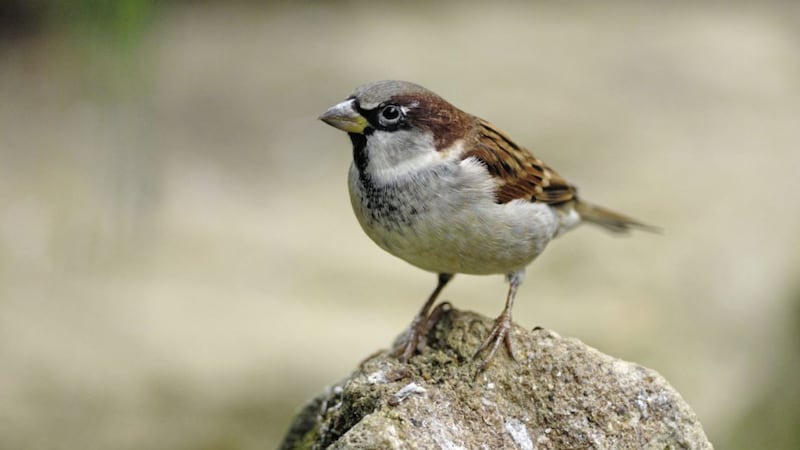BIRDS are great recyclers and at this time of year you can see them plucking and pulling at discarded items to use for nest-building. It is not just traditional materials such as twigs, dead grass and leaves, but strands of human junk – elastic bands, bits of paper and torn material.
Those who cut their hair at home, or trim bushy beards can help by leaving their cut-offs out in the open, while pet owners can also help by leaving hair shed by dogs and cats in their garden for the nest-builders.
Too often we take our more common birds for granted and yet they are an indicator of the health of our environment. Many species have shown alarming levels of decline in recent decades – to the point of near extinction in the case of birds such as the corncrake whose decline is a direct result of modern farming.
Yet there are positive stories out there. In Britain, herring gull numbers have fallen to such an extent that the species is now on a red list and in need of conservation action. However, the gulls have recovered slightly in Northern Ireland and there has been an increase in their population.
And, according to Katherine Booth Jones, scientific officer at the British Trust for Ornithology (BTO) Northern Ireland office, the amber-listed lesser black-backed gull and common gull are both showing a similar pattern, increasing over the past 20 years in the north while numbers continue to decline in Britain.
"It is good to see that there is room for optimism, with some of our breeding gulls and puffins holding their own, and that puffins are now returning annually to the new colony on the Copeland Islands," Ms Booth Jones said.
However, the same report notes concern about our sandwich tern population.
Monitoring of this species began in Northern Ireland in 1969 and is ongoing, making it the longest running of any seabird in Northern Ireland.
The BTO said that although the population fluctuates from year to year, it has remained stable since 1986. However, the very low breeding success of tern species is a cause for concern. Breeding has been badly affected by predation and from extreme weather events, such as last year’s Storm Hector.
Roseate terns plummeted in number in the early 1990s and now only a single pair breeds annually at Larne Lough. Meanwhile, according to the RSPB, house sparrows are still the most-spotted birds in gardens across Northern Ireland.
Almost 14,000 in Northern Ireland spent an hour watching the birds that visit their garden or outdoor space as part of the RSPB’s Big Garden Birdwatch. Sightings in the north included great spotted woodpeckers, yellowhammers, sparrowhawks, goldcrests and fieldfares.
The RSPB birdwatch, held over the last weekend in January, revealed that there was a decrease in sightings of wrens and long-tailed tits, two of our smallest species.
Long-tailed tits decreased by 28 per cent and wrens by 17 per cent in 2019, after being counted in particularly large numbers in 2018. Populations of both species may have been affected by last year's 'beast from the east' as small birds are more susceptible to spells of cold weather, but it's too early to say if this is a one-year blip or the beginning of a trend.
RSPB conservation scientist Daniel Hayhow said: "Over its long lifetime, the survey has shown the increasing good fortunes of birds including goldfinches and wood pigeons and the alarming declines of house sparrows and starlings.
"While the overall decline in house sparrow numbers, reported by participants, since the Big Garden Birdwatch began is 56 per cent (1979 to 2019), in the most recent decade (2009 to 2019), numbers appear to have increased by 10 per cent.
"This gives us hope that at least a partial recovery may be happening," Mr Hayhow said.







